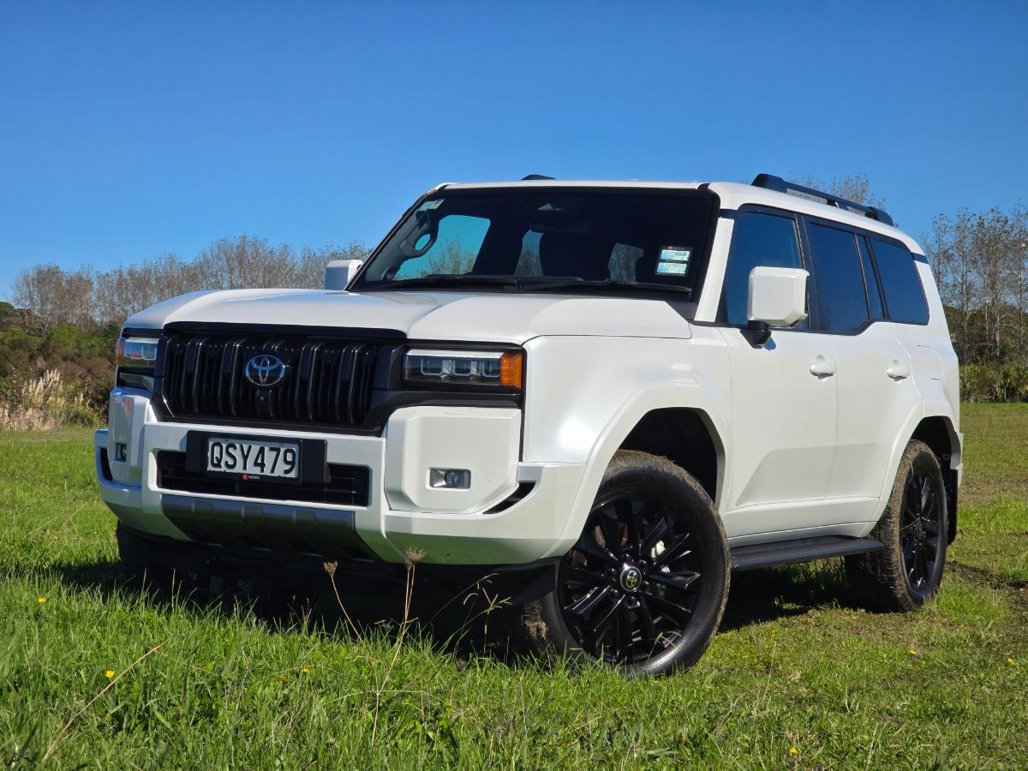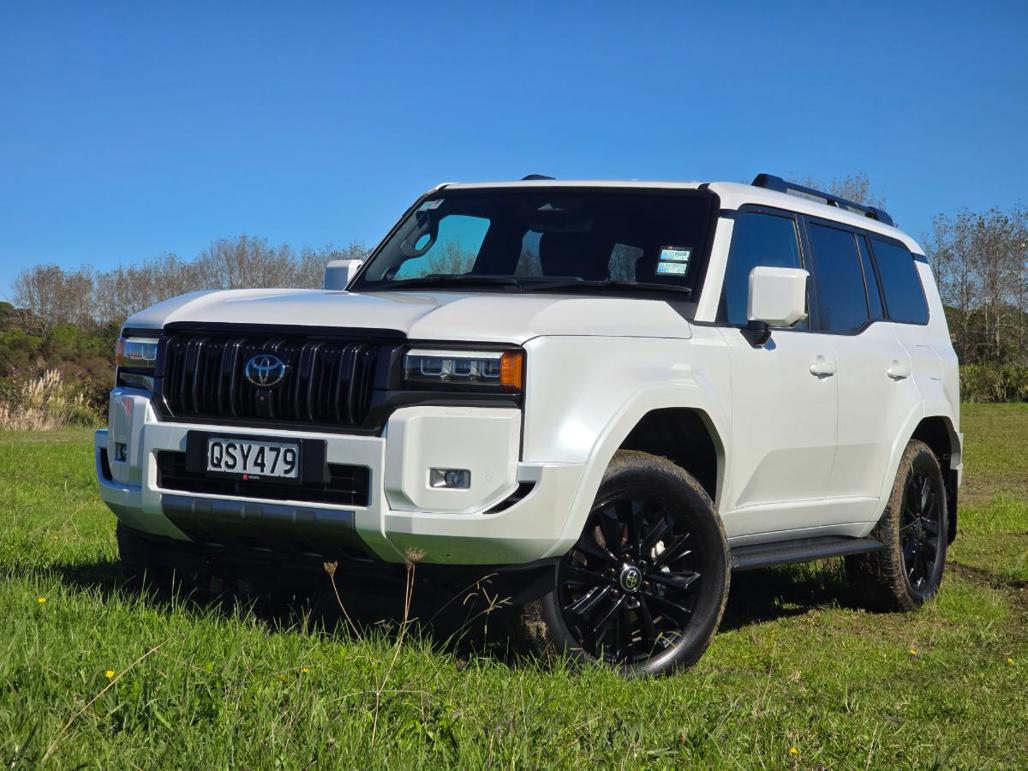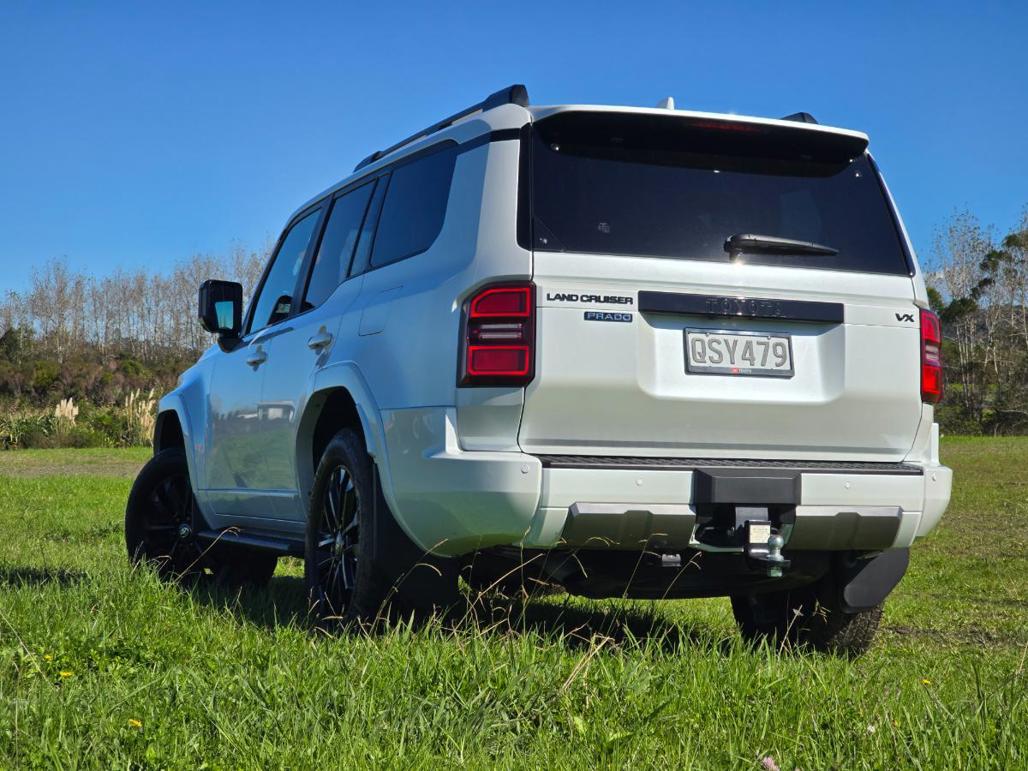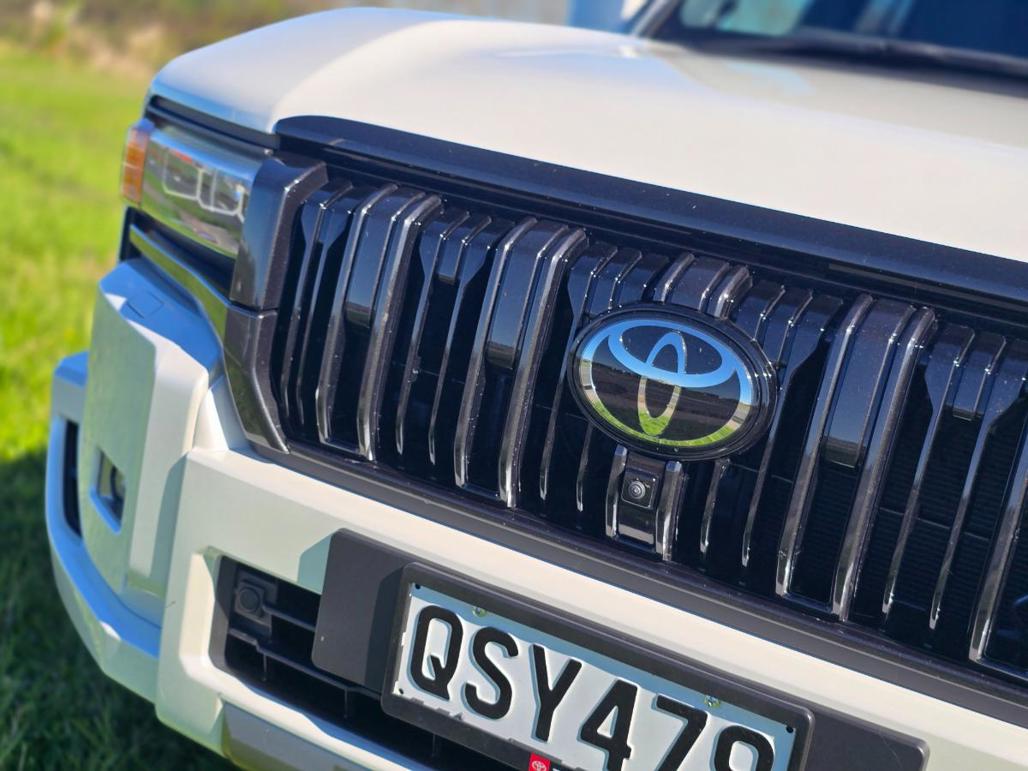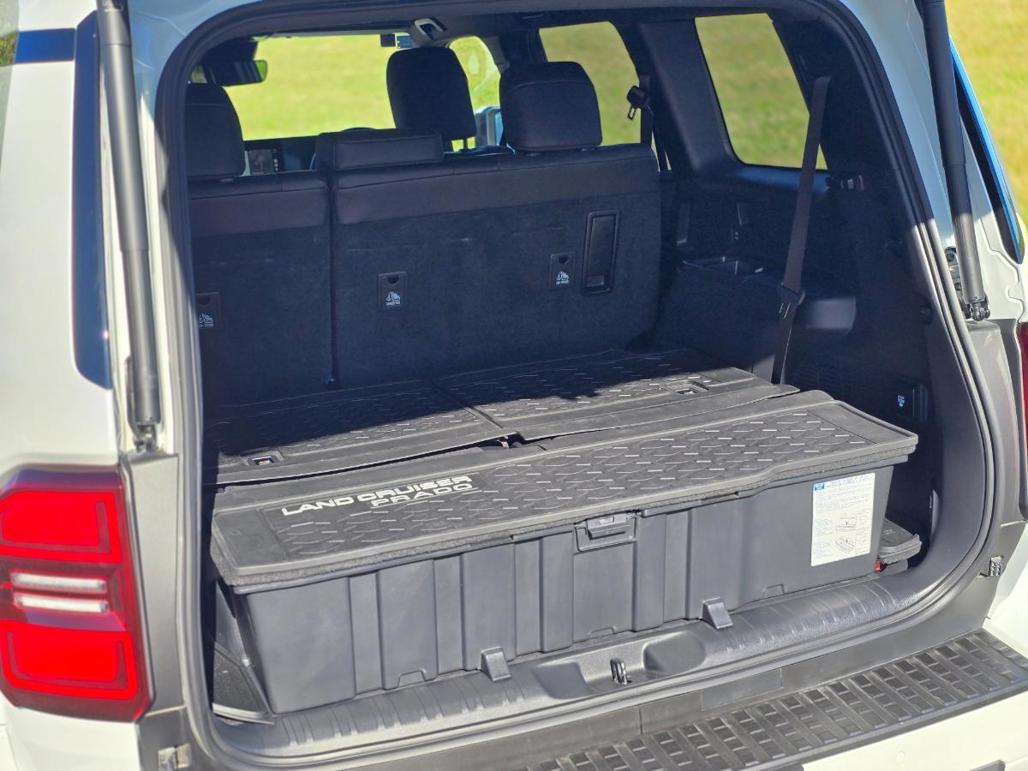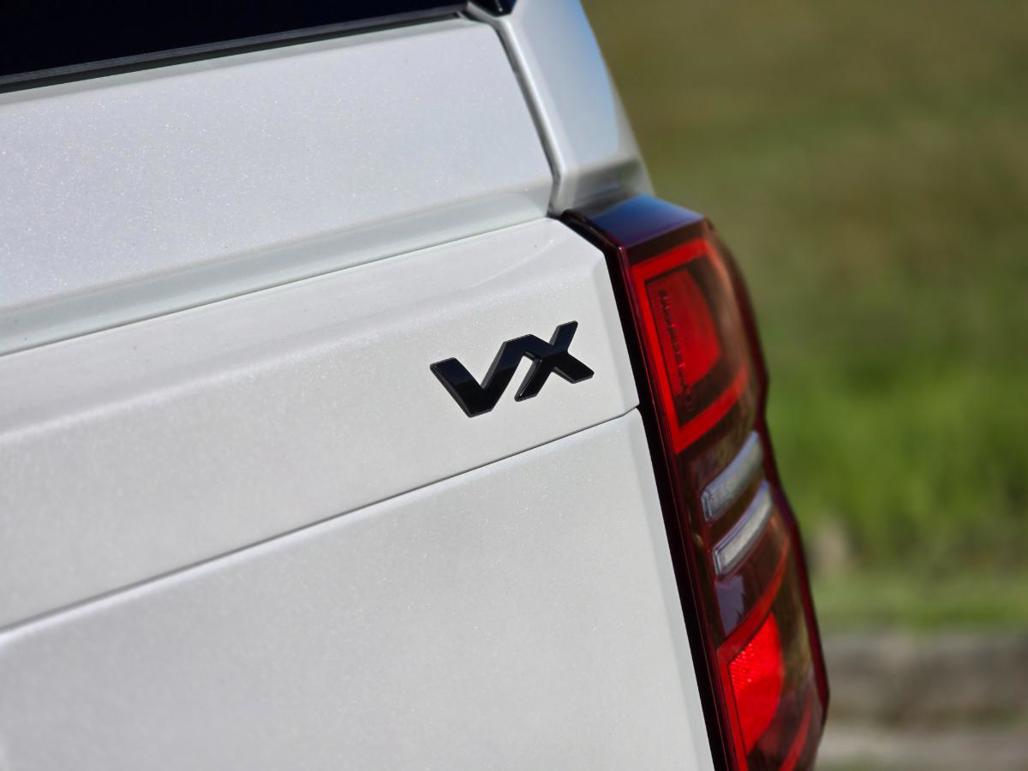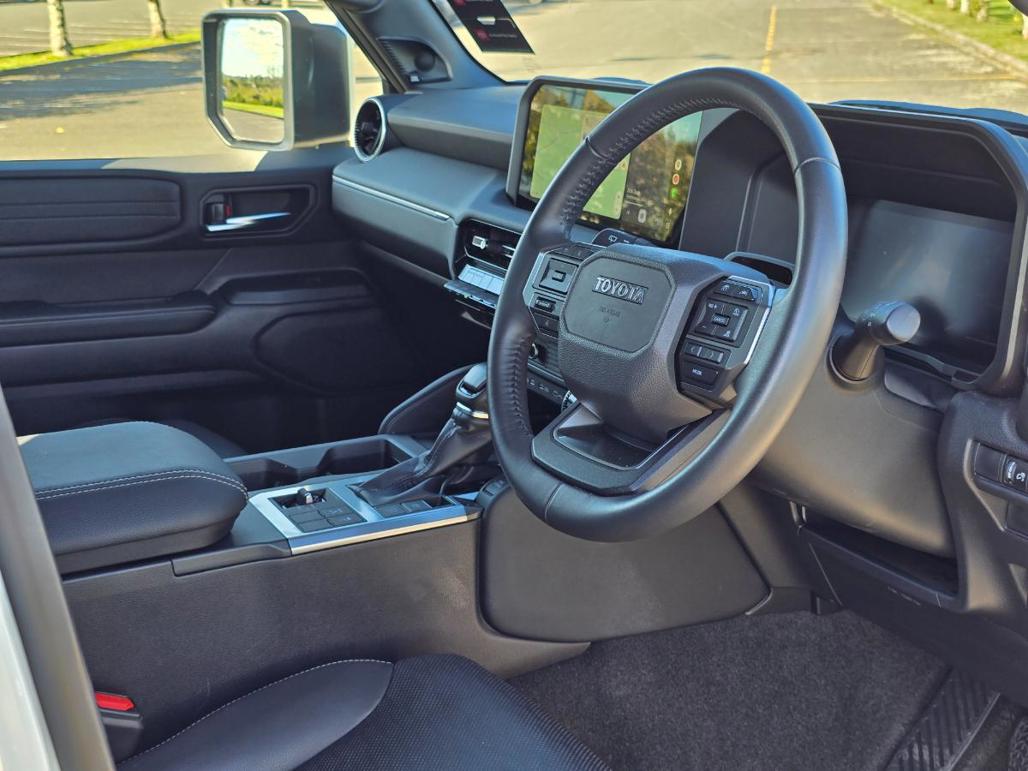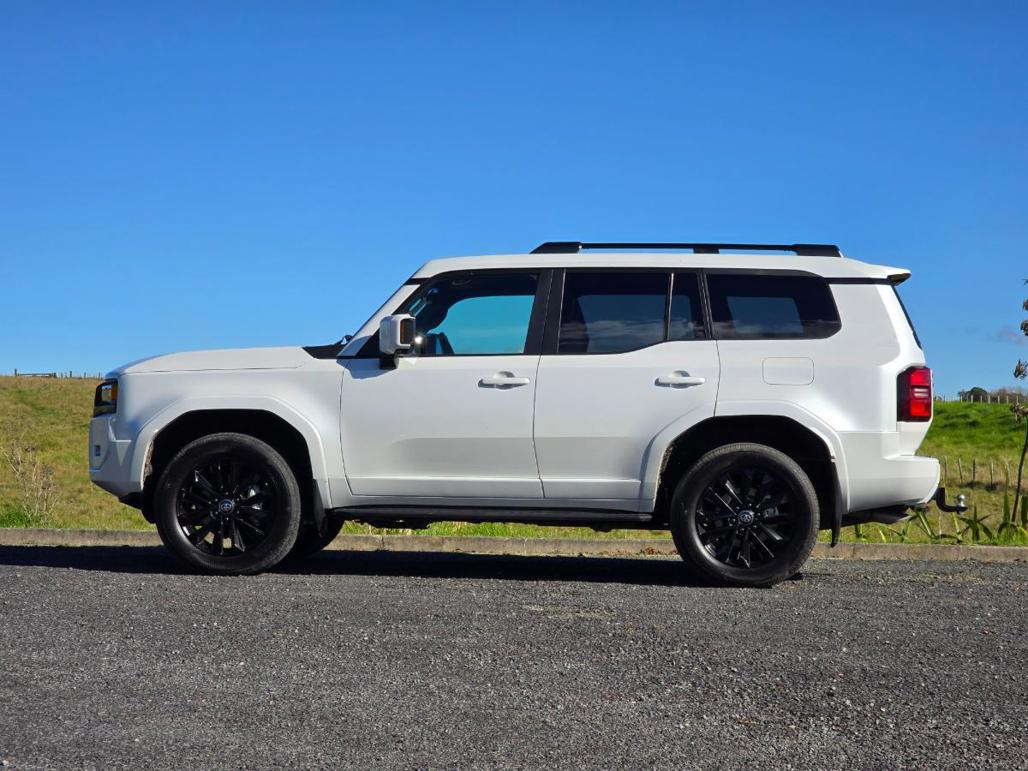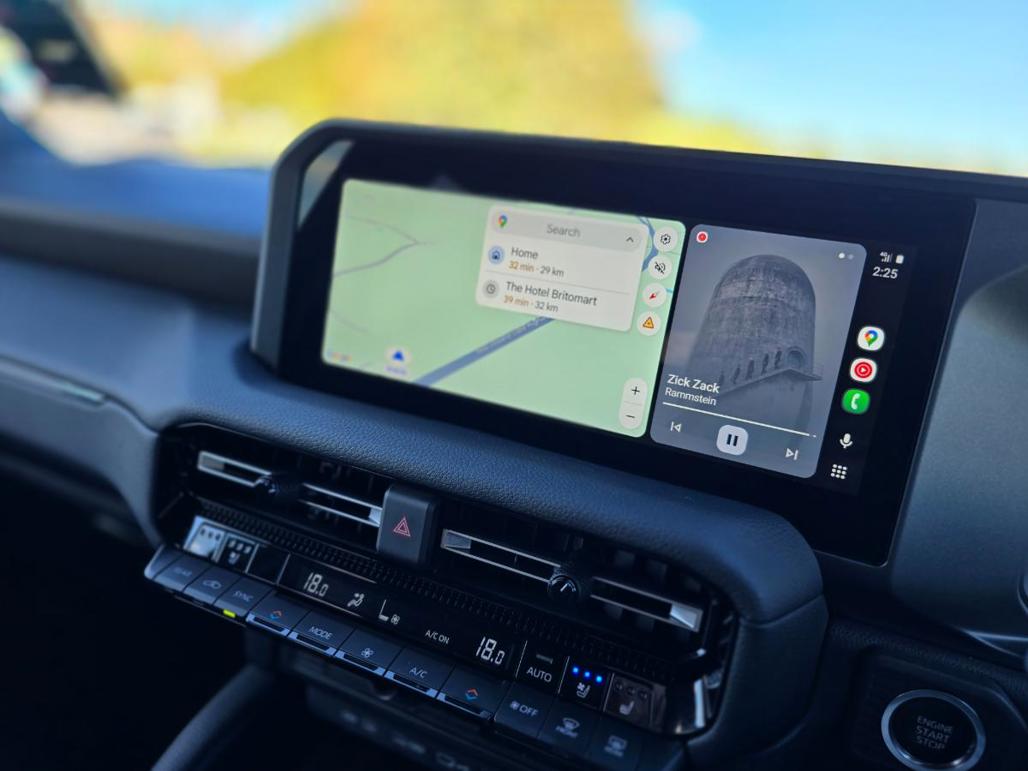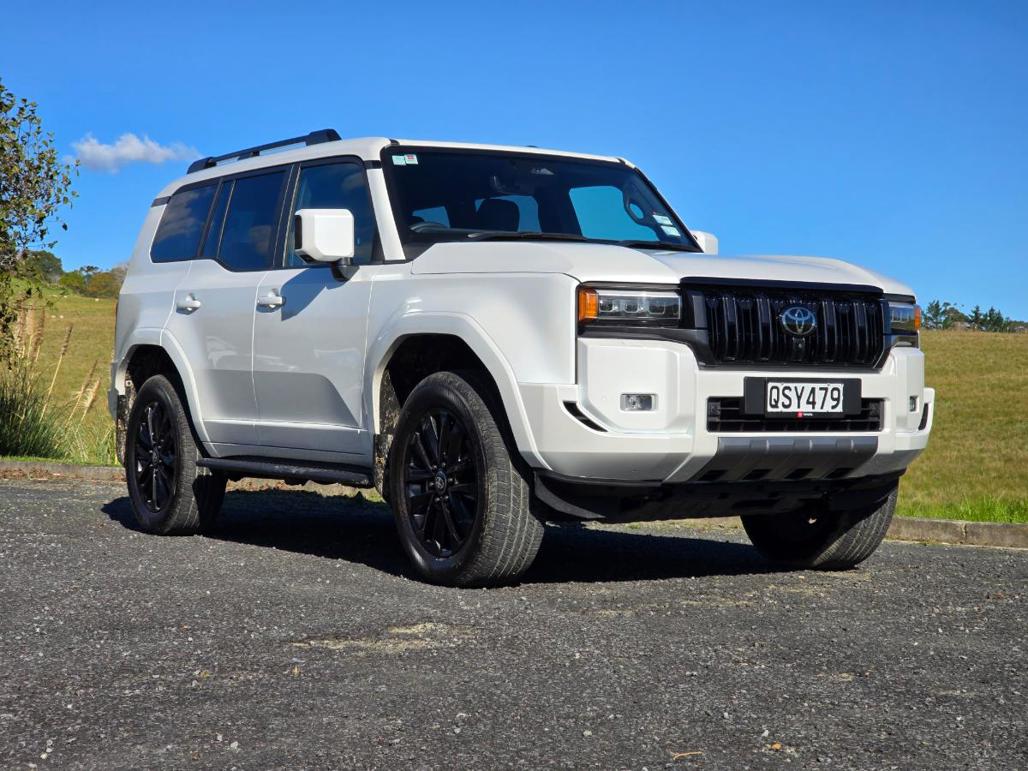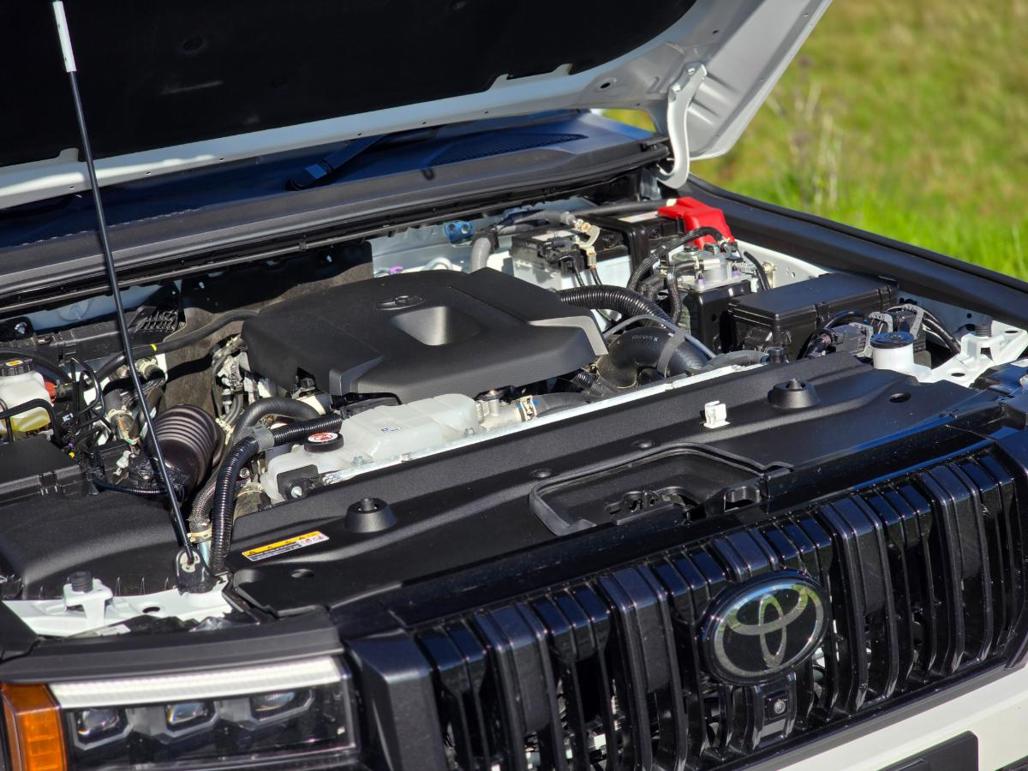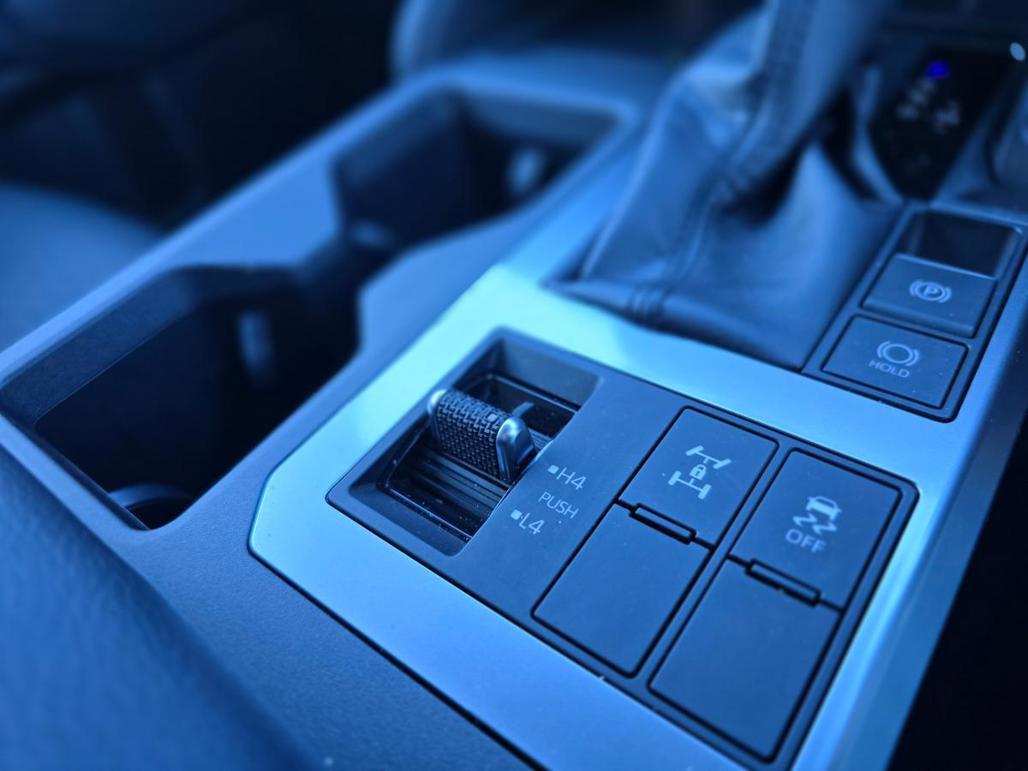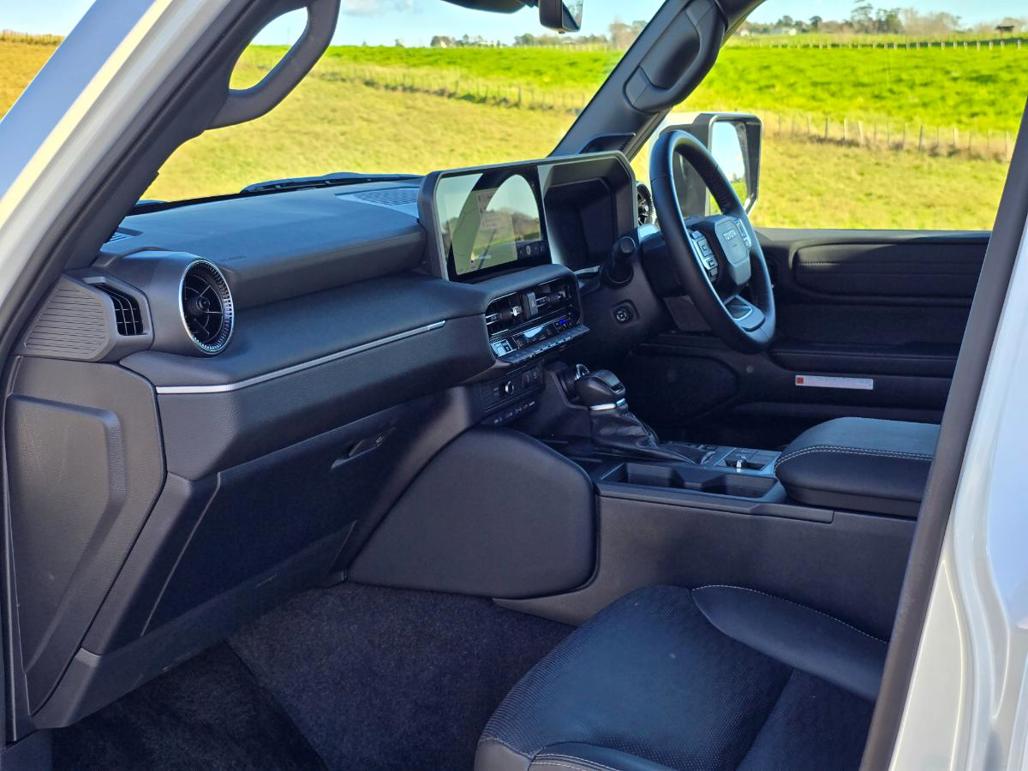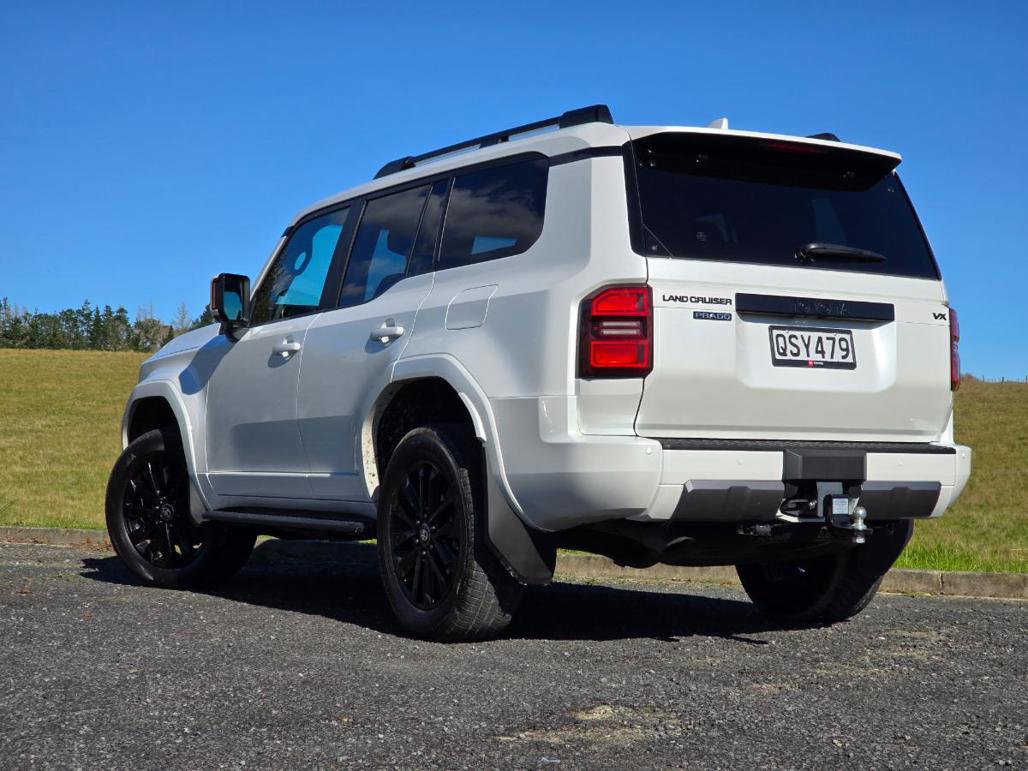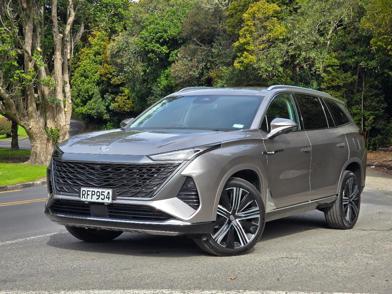To say that the last generation Prado was getting long in the tooth is, quite frankly, an insult to both teeth and old horses, as its basic underpinnings had been around in one form or another since the Prado split off from the Land Cruiser J70 range to become its own thing way back in 1990.
While the J70 set about blatantly ignoring evolution to become the current 70 Series, the Prado went its own way making slightly more concessions to things like safety and comfort as the years went on.
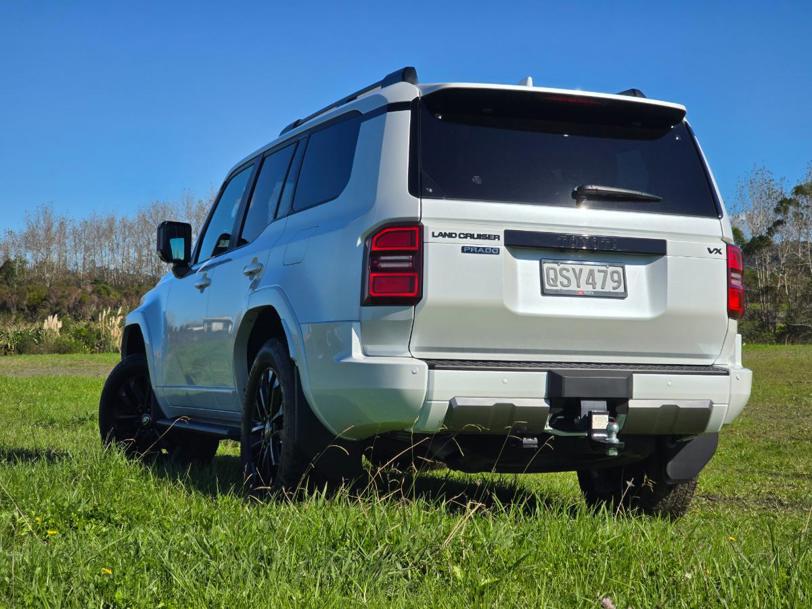
Now the Prado is continuing its strangely obtuse journey through Toyota’s model range by joining the full-size Land Cruiser 300 Series (that split off from the J70 as the J80 in 1990 as well) on the TNGA-F platform, alongside the US market Tundra, Tacoma, 4runner and Sequoia.
Which does make for a slightly incongruous meeting in Toyota’s current 4X4 line up – the 70 Series now uses the same 2.8-litre four-cylinder diesel engine as the new Prado but sits on the very old underpinnings that they both used to share, while costing about as much as its considerably more modern sibling - the 70 Series LX Wagon lands at $90,590, while the seven-seat Prado VX you see here is $93,990 (the range starts with the GXL at $83,990).
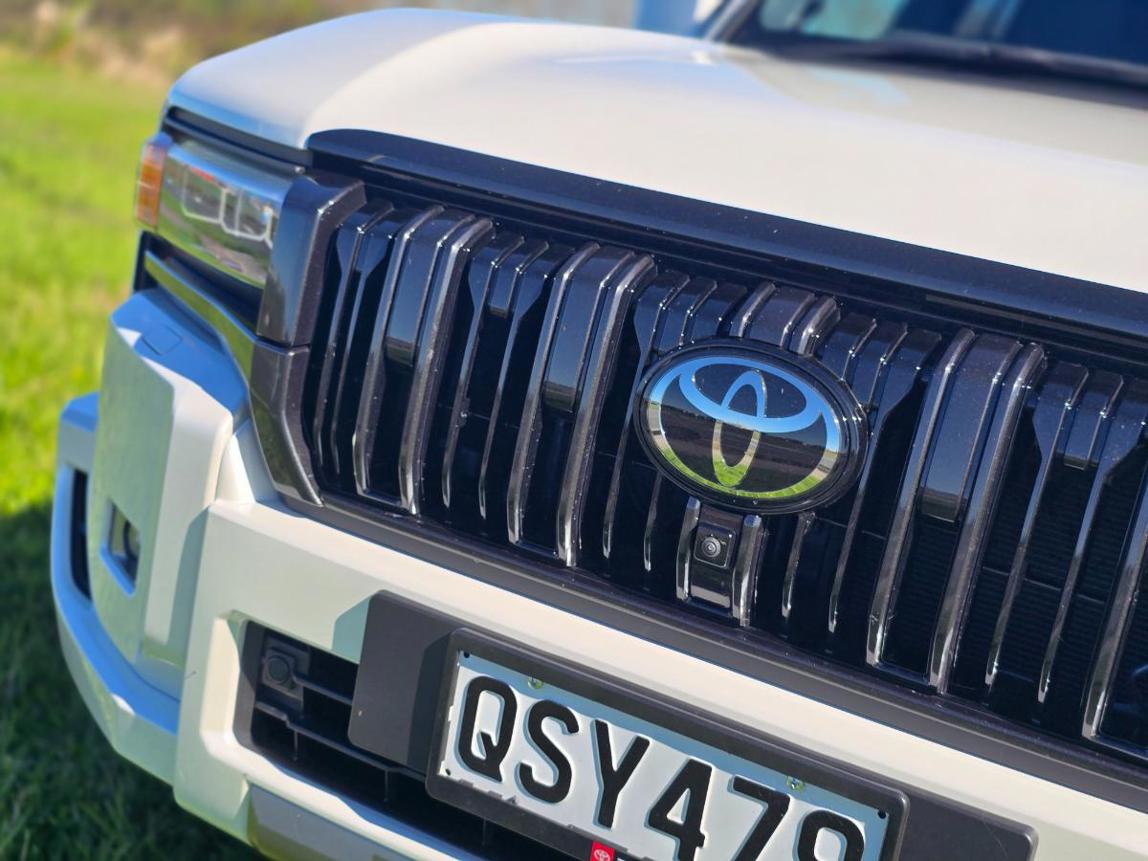
So, does that make the new Prado a bargain? Well, it all depends on what you compare it to, and what you want it to do.
The Prado uses a mild-hybrid version of the diesel powertrain as well as a new 8-speed automatic transmission, the combination of which endows it with a smooth muscularity down low that previous diesel Prados have largely lacked.
Ride and handling are pretty much what you would expect from a large ladder chassis 4X4 sitting on an up-to-date platform, with a solid feel to the ride that isn’t firmness as such; more a feeling of mass and sheer off-road capability.
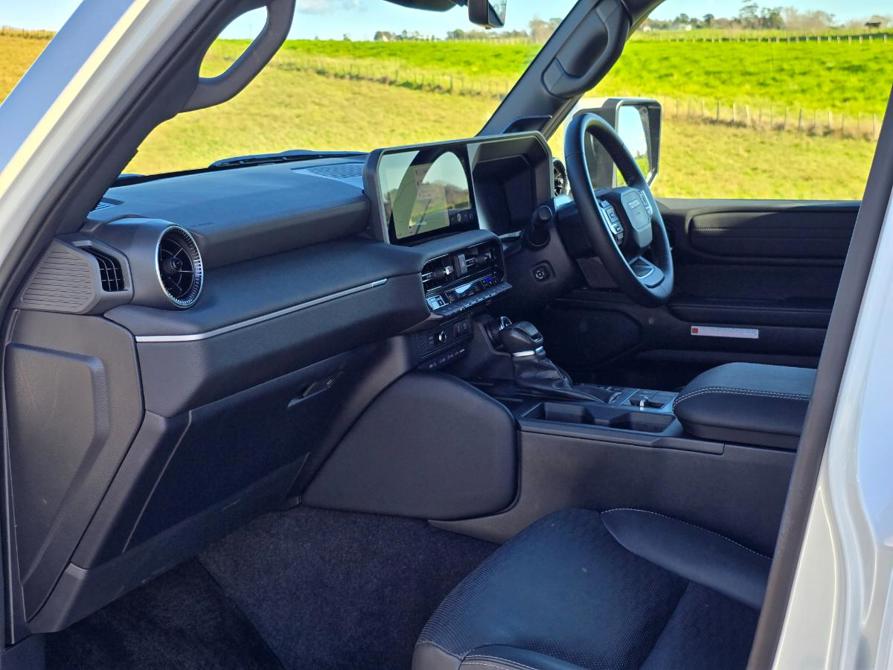
Excellent body control as well as an impressively refined ride mean the Prado is comfortable while also being responsive and predictable in terms of handling. And unlike the previous Prado things won’t descend into messy plough understeer if you overcook things, rather the nose will gently push wide, but happily pull back in line if you back off.
The 48-volt mild hybrid system brings little in the way of fuel savings but has huge advantages in terms of drivability.
It looks either awesome or abhorrent, depending on your views on boxy, retro styling (I love it!), while interior quality is of an impressively high level as well, albeit with a few areas that feature hard plastic surfaces, but these aren’t prevalent.
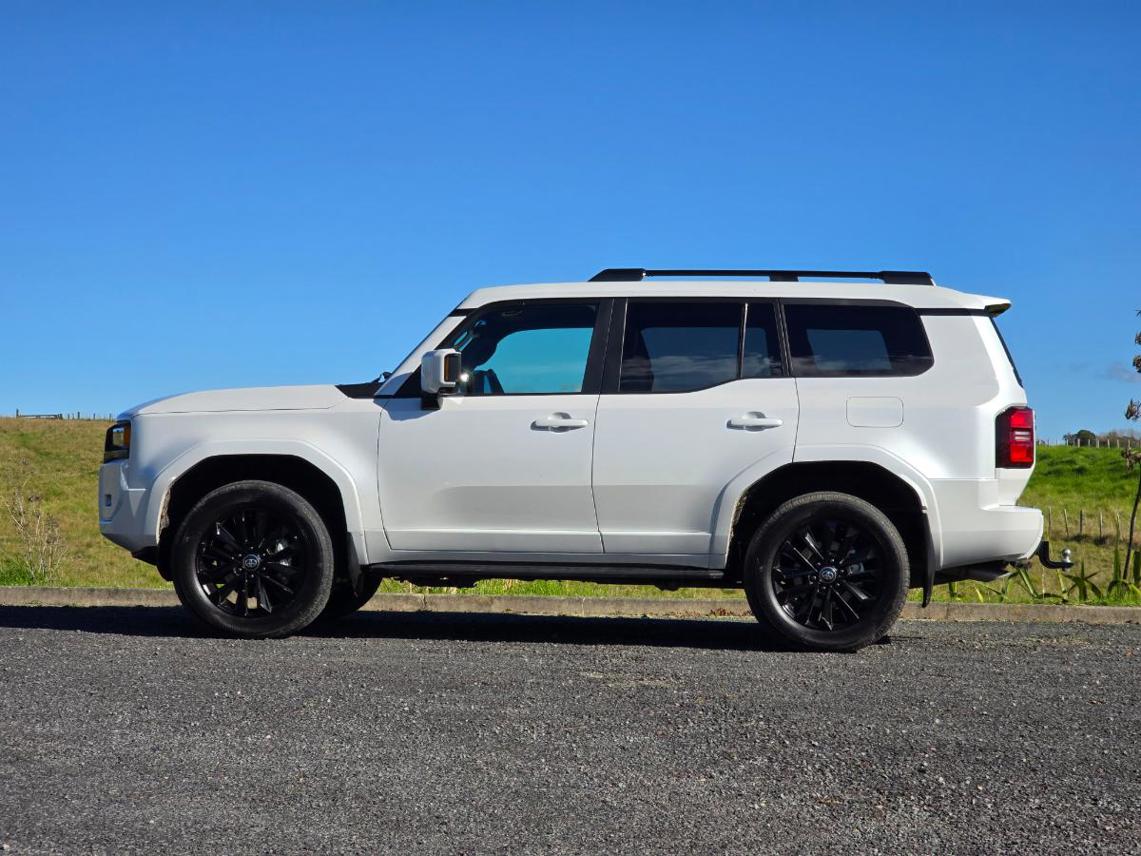
Throwing the Prado up against the 70 Series wagon results in an absolute mauling for the ancient 70 in almost every way, with the Prado being capable of everything the 70 Series can do (it tows the same 3500kg), while also being almost as capable off-road and infinitely more capable on it.
However, throw it in the ring with a Ford Everest and it becomes a somewhat different story. But even then, it depends on exactly which Everest model you want to compare it to.
On the road the Prado has what seems like relatively average outputs (150kW and 500Nm), but the sheer ease with which you can access the power and torque makes it considerably more impressive on the road than its run-of-the-mill numbers suggest.
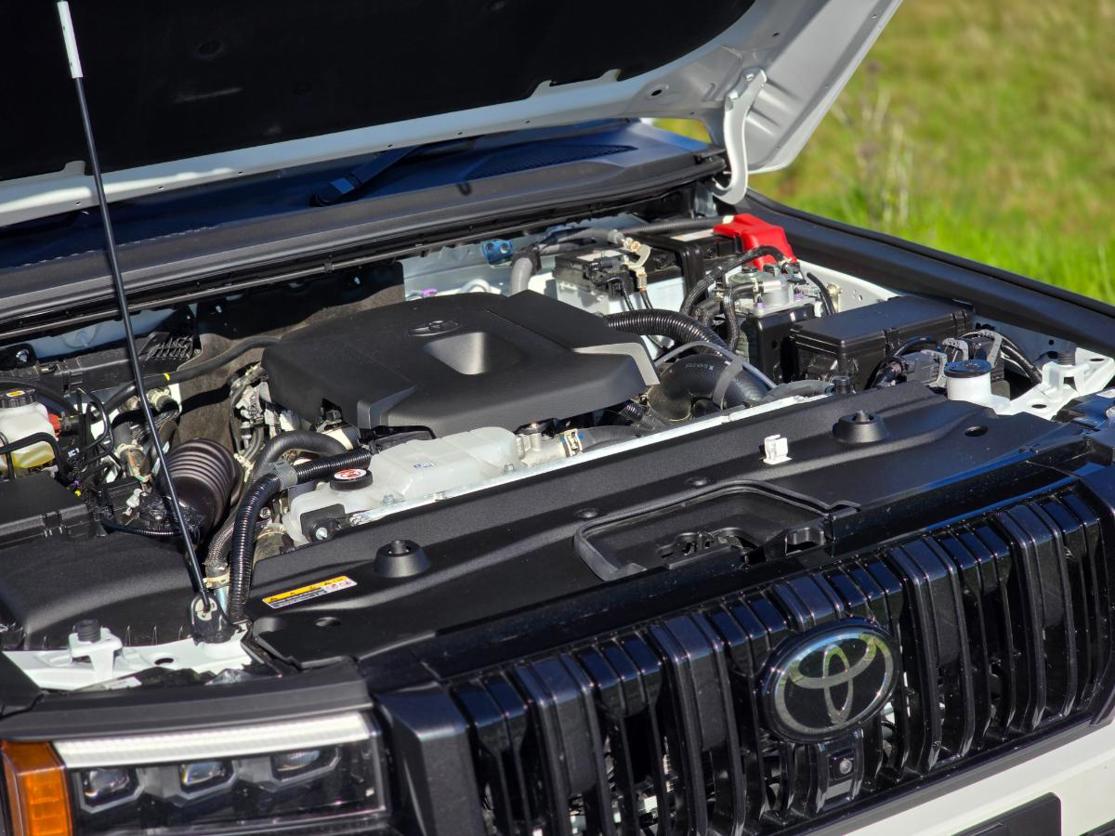
This is thanks to the 48-volt mild hybrid system that brings little in the way of fuel savings but has huge advantages in terms of drivability. The electric boost fills the turbo lag hole perfectly, giving the Prado the same effortless low-down pull as the hybrid version of the Hilux, and a considerably advantage over the 154kW/500Nm four-cylinder version of the Everest both on and off road, with both turbo lag and the Everest’s 10-speed automatic transmission working against it in terms of throttle response and smoothness.
If the styling appeals to you – and you are a loyal Toyota buyer - then the Prado is almost a no-brainer.
However, compare it to the 184kW/600Nm Everest Platinum V6 and it is a different story, with Ford’s diesel six offering up even smoother and more effortlessly muscular performance. And here is where the big problem for the Prado lies, as the Everest Platinum is actually cheaper at $91,490.
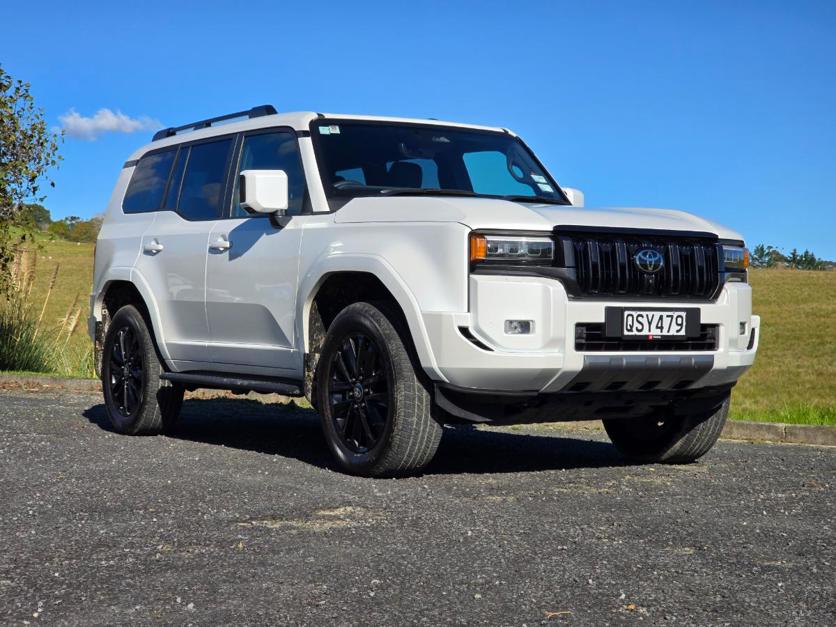
And, yes, the Prado is more capable than the road-oriented Platinum off-road, but then Ford can counter that with the V6 Everest Tremor that clocks in at an even lower $87,990.
The seven-seat Prado also suffers from the oddly packaged boot with its third row of seats that don’t fold flat and a high boot floor, along with the cheap and nasty flimsy storage box that Toyota has included to try and disguise the former. No such worries for the five-seat version, of course, but it is another win for the V6 Everest which is a seven-seater and has a proper boot.
If the styling appeals to you – and you are a loyal Toyota buyer - then the Prado is almost a no-brainer: it is smooth, refined and genuinely engaging to drive, while also being comfortable, practical and spacious. Plus looks like a big Tonka toy, which is thoroughly excellent, and it has a big tough truck charm that the Everest lacks.
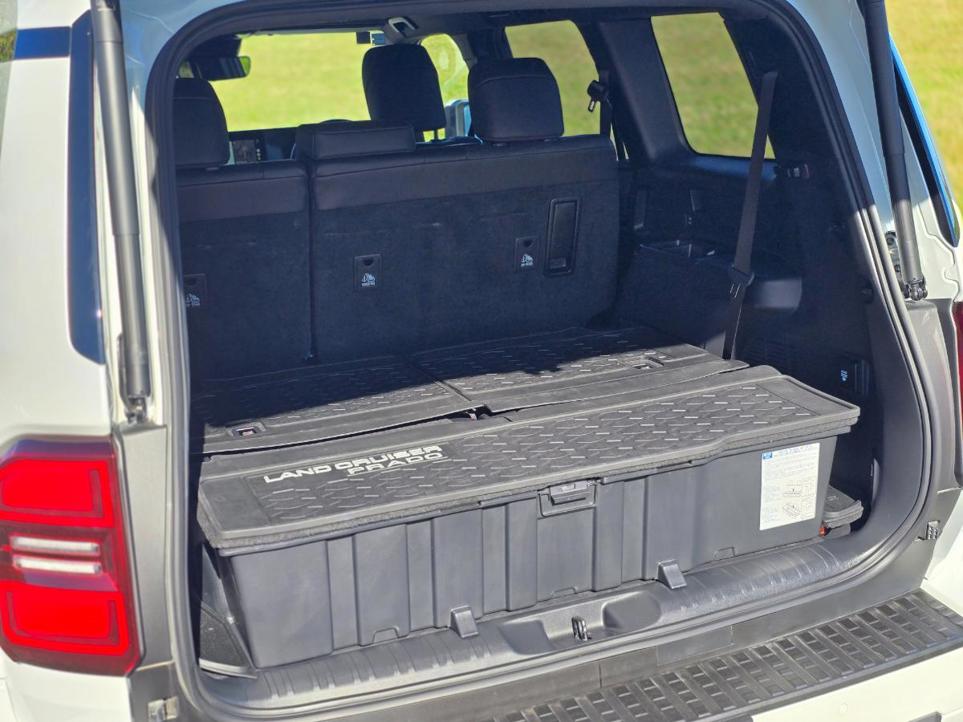
However, the compromised boot in the seven-seater and the fact that the Ford Everest V6 is both cheaper, as well as even smoother and more powerful does make the Prado come across as overpriced in a direct comparison.
How much is the Toyota Land Cruiser Prado VX?
The Land Cruiser Prado VX is the mid-spec model in the Prado range and lands here at $93,990 for the seven-seat model we drive here. The range starts at $83,490 for the entry level GXL five-seater, rising to $105,990 for the range topping VX Limited seven-seater.
What are the key statistics for the Toyota Land Cruiser Prado VX?
Every Prado is powered by a mild-hybrid version of Toyota's venerable 2.8-litre turbo-diesel four-cylinder engine, hooked up to a new 8-speed automatic transmission.
Is the Toyota Land Cruiser Prado VX efficient?
For an enormous seven-seat 4X4 with serious off-road capability, yes it is. Toyota claims a combined average fuel consumption of 8.7l/100km for the VX and it easily returned similar figures during our time with it. While you might be expecting better from a Toyota hybrid, however, it needs to be remembered that this is a very mild hybrid set up that actually aids drivability more than fuel consumption.
Is the Toyota Land Cruiser Prado VX good to drive?
Surprisingly good. It is certainly a massive leap over the last Prado's on-road demeanour, while retaining all of its prodigious off-road abilities. The electric boost from the mild hybrid system brings tangible advantages to the Prado's low speed urban behaviour as well, with a nicely refined and smooth nature you wouldn't necessarily expect from a big, rugged off-road capable SUV.
Is the Toyota Land Cruiser Prado VX practical?
This is where things get messy. Yes, it is practical in the sense that it is huge and roomy, with sprawling interior space for occupants and plenty of storage options scattered around the cabin. But in terms of huge and roomy SUVs it loses out because of the awkward and strangely compromised arrangement of the third row of seats and the hybrid bits underneath that leave it with an underwhelming cargo space in seven-seat form.
What do we like about the Toyota Land Cruiser Prado VX?
It looks great and is very good to drive. Comfortable and surprisingly agile (for a huge and roomy SUV, that is) the Prado is superbly capable and composed on and off road. There is also a good level of modern tech and a lot of nice quality materials used through the interior.
What don’t we like about the Toyota Land Cruiser Prado VX?
But... there are also still a few areas of hard, lower quality plastics lurking around, which are not in keeping with a $90k+ car. Which is another issue the Prado has - it is quite expensive in comparison with the superbly refined Ford Everest V6.
What kind of person would the Toyota Land Cruiser Prado VX suit?
There will be two buyers for the Prado: traditional Toyota buyers who have always bought a new Prado and floating buyers who love the looks. If, however, you are after the sort of boot space you expect from a big SUV, then the seven-seat model will represent a problem. Otherwise, anyone who just wants a big, comfortable, capable and well-sorted big SUV that looks like great and drives better.

